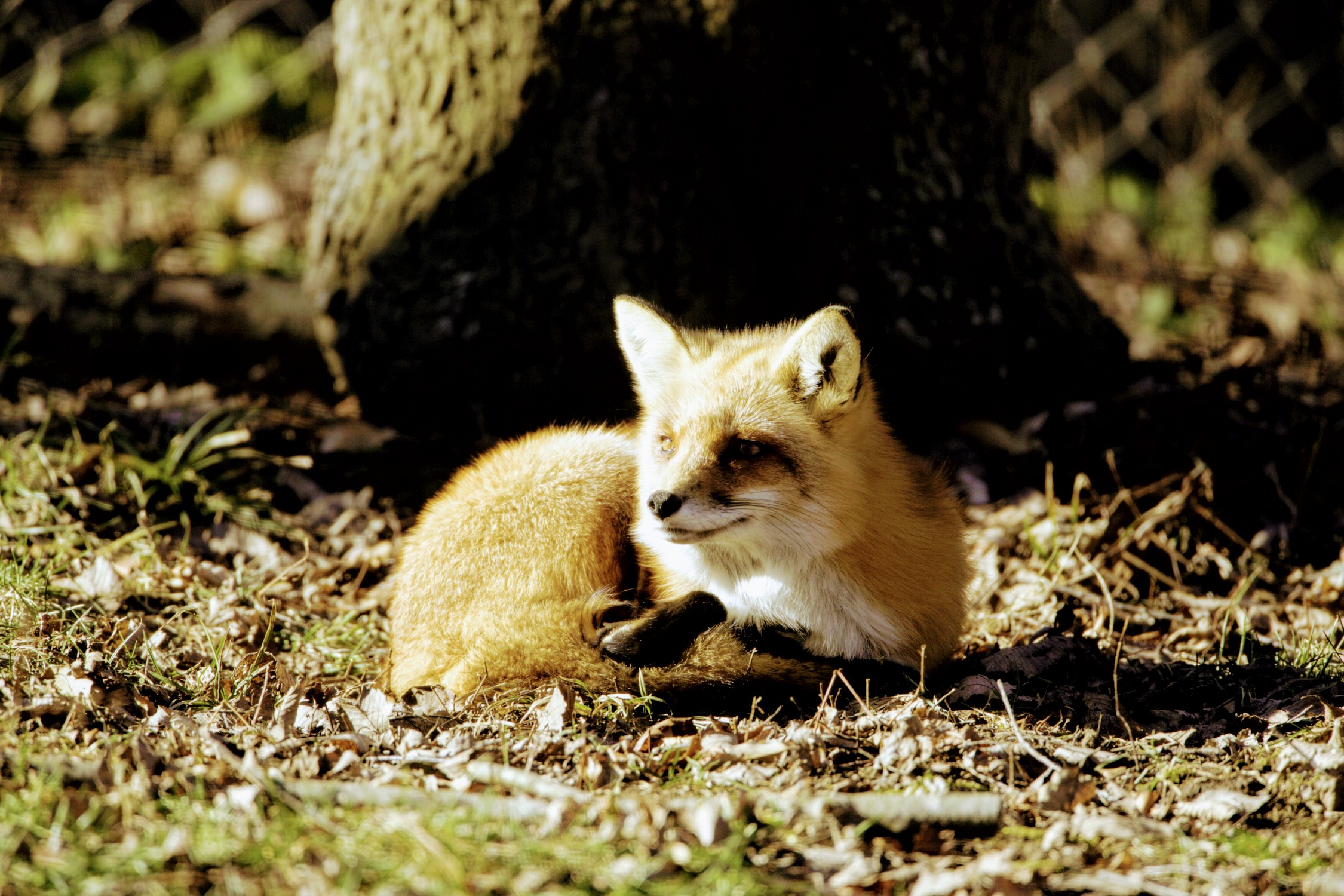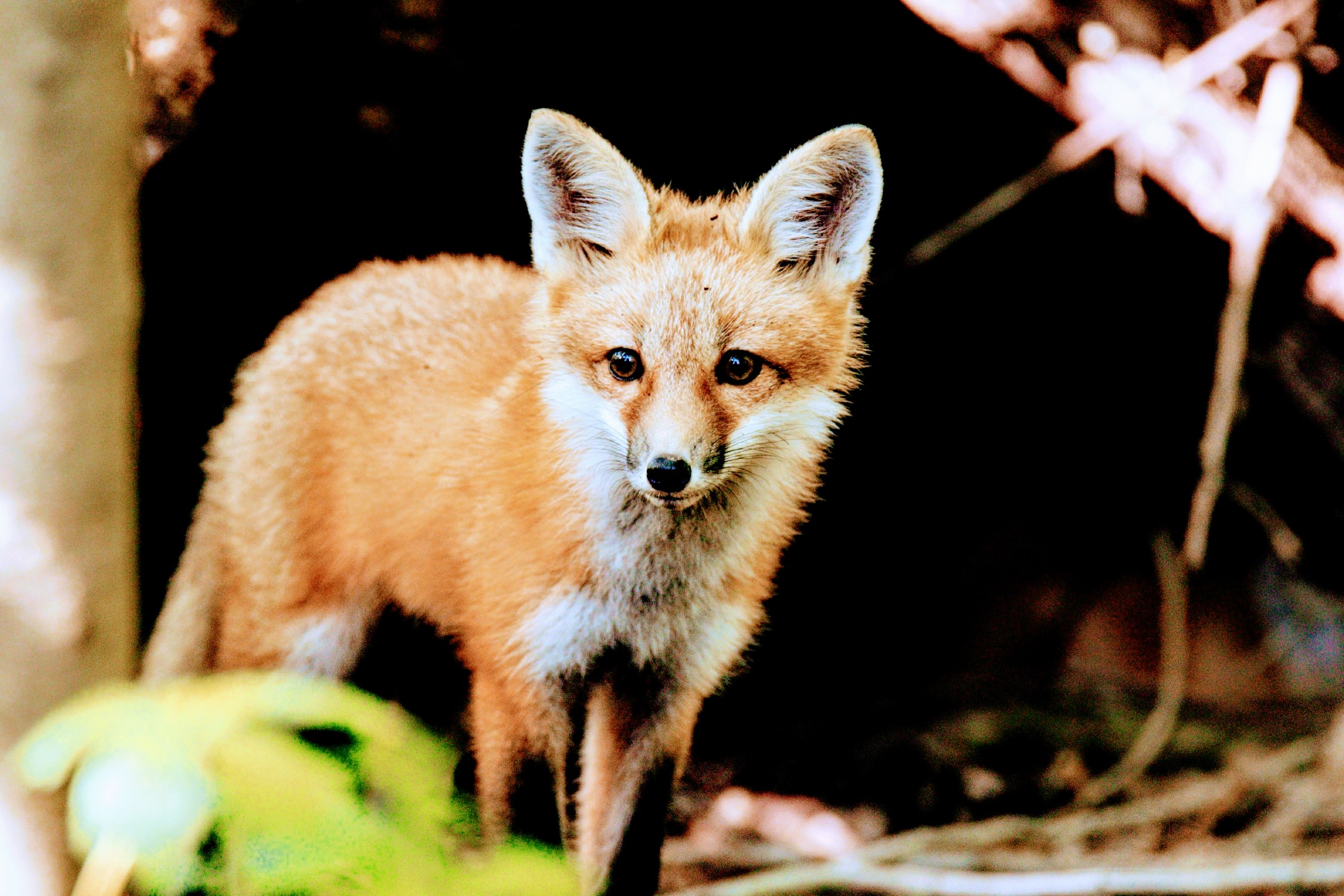A Naturalist Voice
field notes by J. Cantrell - photos courtesy of the Missouri Dept. of Conservation
Choose the town and I can probably tell you where a red fox family is camped out. Throughout the year we receive calls and E-mails from concerned citizens reporting a fox they see “in town!” The majority of the public are surprised to find out red foxes easily cohabitate with human neighbors. Fortunately, most people enjoy wildlife viewing and hopefully everyone abides by the solid naturalist rule of not feeding wild mammals (from chipmunks to bears – it is a BAD IDEA). Problems do occur when wild mammals are fed by humans. They simply lose some of their cautious tendencies and their natural timid actions wane to be bolder around people and traffic. Wild animals need to stay wild. Wild mammals on their natural territory don’t need citizen handouts. The habitat they claim provides them with the space, food, water and shelter they require. They simply would not be there if their needs weren’t met.
We assist them by keeping our pets current on their vaccinations so diseases like distemper don’t run amuck in the wild populations. We encourage neighbors and friends to clean up surplus dog food left-overs. Lastly, support keeping house cats indoors for the health of the pet and scores of songbirds and other wildlife.
February is an excellent month for wildlife watching. The second month of the year finds the neighbor fox cloaked with a healthy, long furred coat – attire suitable for a wildlife photographer’s coveted shot. The temps are going to continue to be low on the thermometer for another 60 days and the long insulating fur is an important adaptation, plus that tube-shaped tail wraps around the dozing fox’s face for warmth. Camouflage comes into play whenever the canine moves through taller winter set-back grass. This is one of the motives for the small predator’s coloration; it will protect them from larger dogs’ pursuits and yield concealment for seeking rodents.
Their urban territory is very elastic and changes with the seasons and prey availability. Foxes are active at night, during the morning hours and evenings. Dens are utilized for breeding and raising the very young. Most of the time they sleep out in the open (during the daylight) and use a different matted down grassy area each time. Urban paths along Joplin’s parks, Morse Park in Neosho, Monett’s South Park, Cassville’s greenways and other public area yield fox sign to inform us of the wild dog’s activity. Tracks and scat are easy to identify and tell us when they pass through our backyards.
Even our nose may follow a foxy trace, for they mark their territory with a faint musky smell. The scent is usually left on a prominent object like a fallen log, rock or concrete statuary. Their vocals are a series of short barks of “wuk, wuk, wuk”. February is the time of romance and brief flirty howls may serenade the human neighbor bystanders. We appreciate these wild urban neighbors and look forward to seeing some kits (pups) in the Chert Glades Missouri Master Naturalists region later in the spring.
Jeff Cantrell, is an Outdoor / Conservation Educator covering the southwest corner of Missouri. He works out of the MDC Neosho Office. He can be reached at jeff.cantrell@mdc.mo.gov



